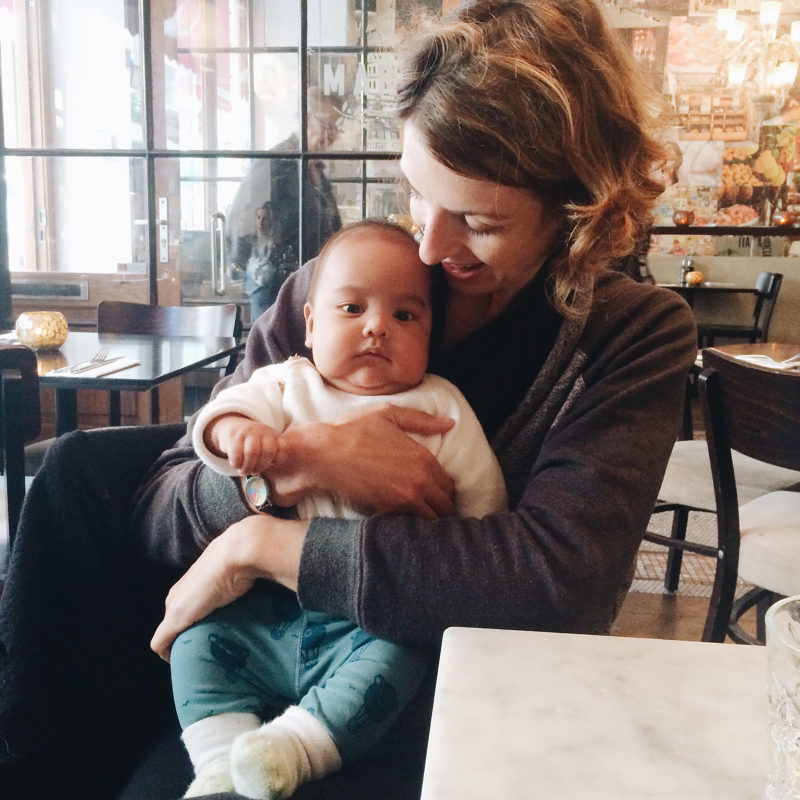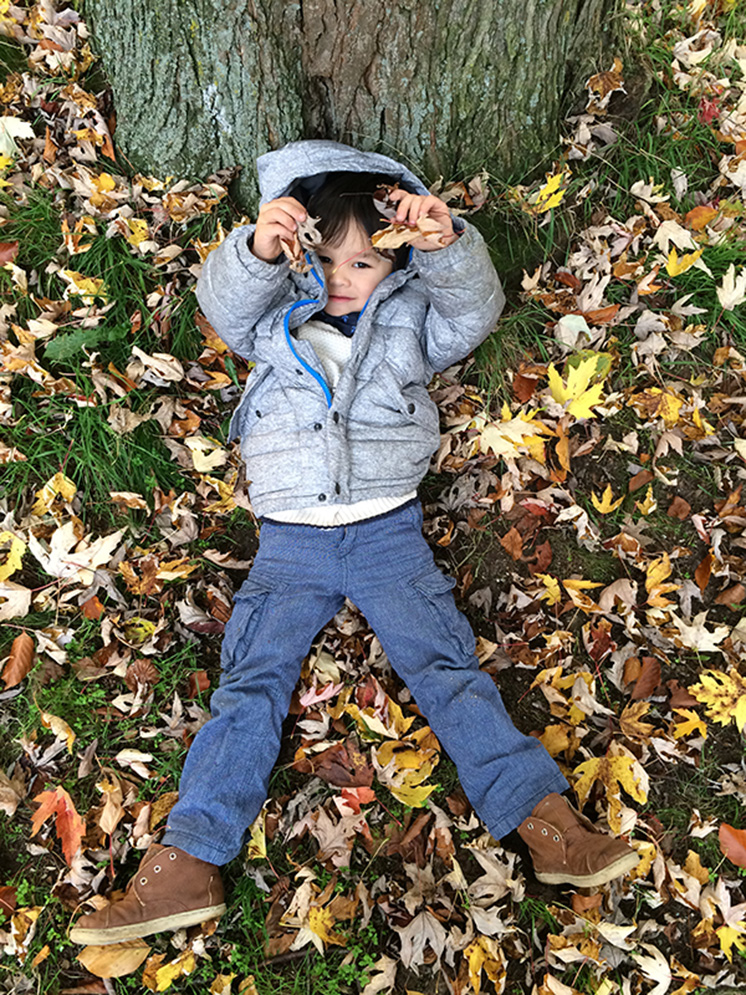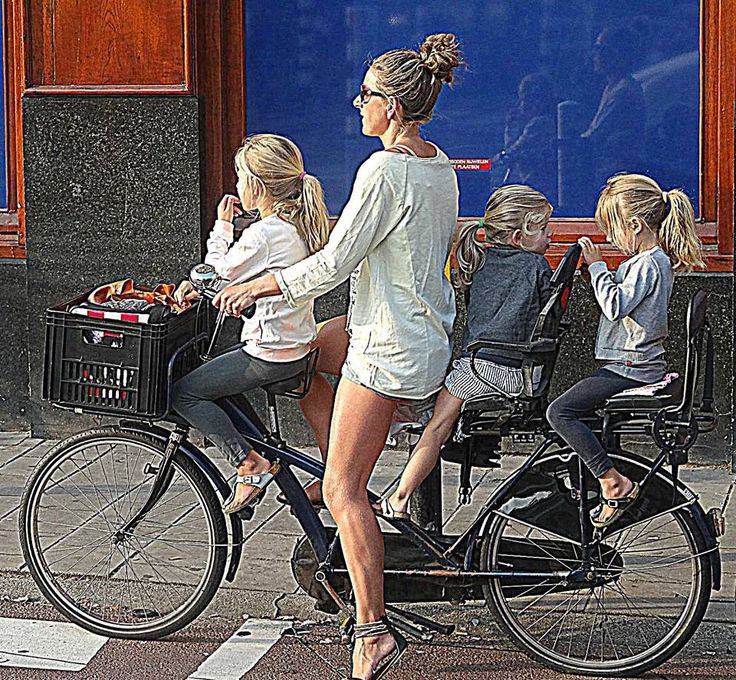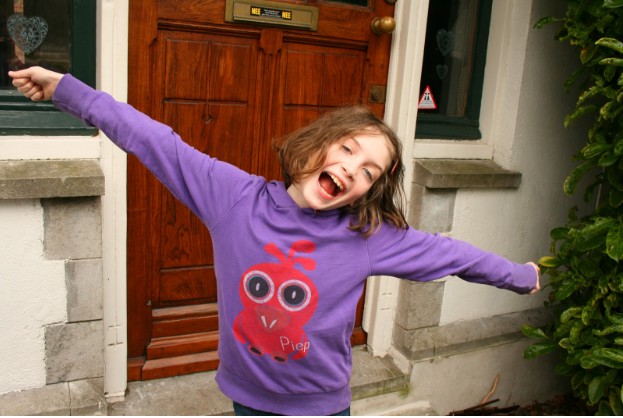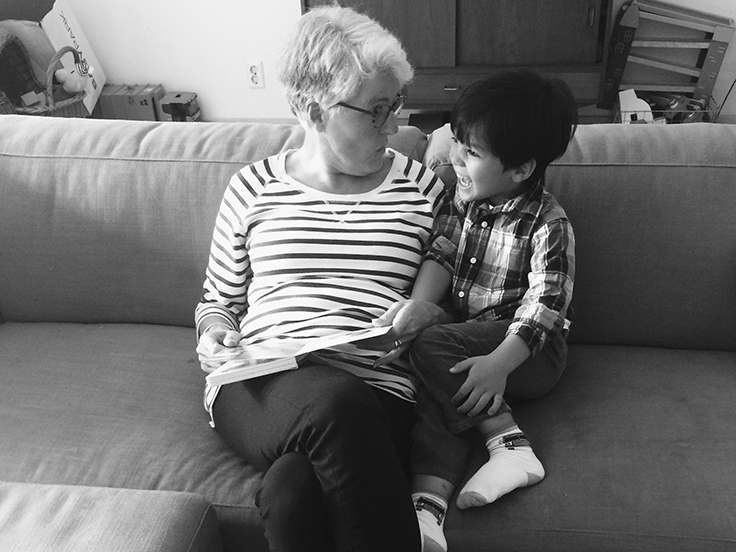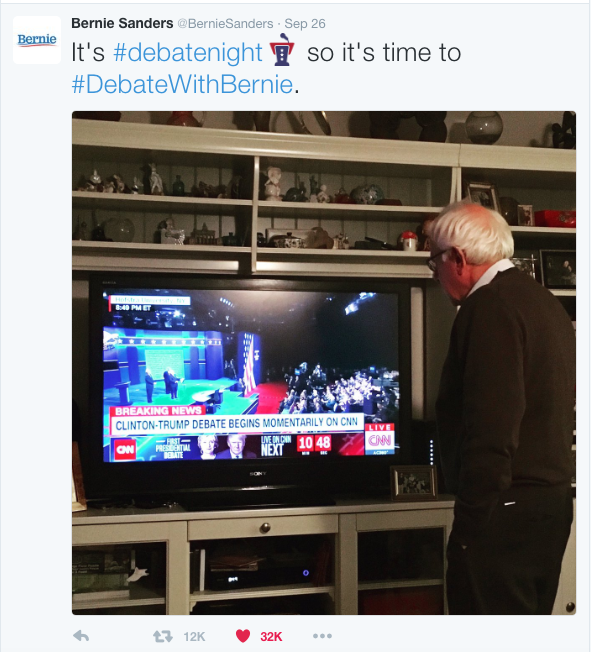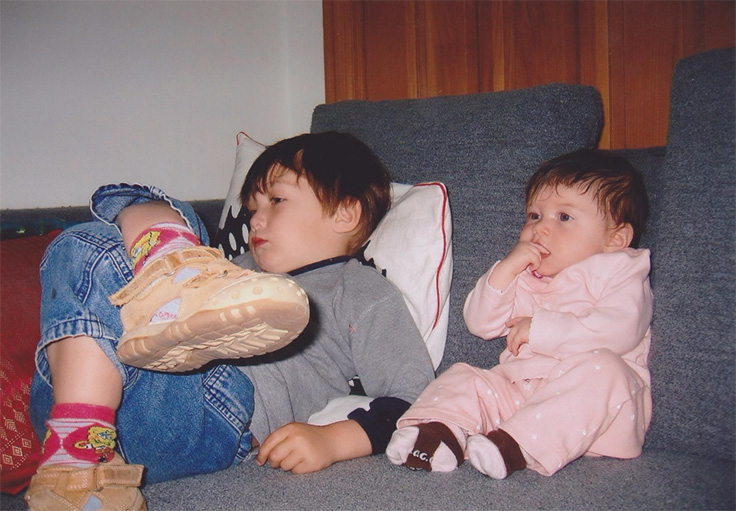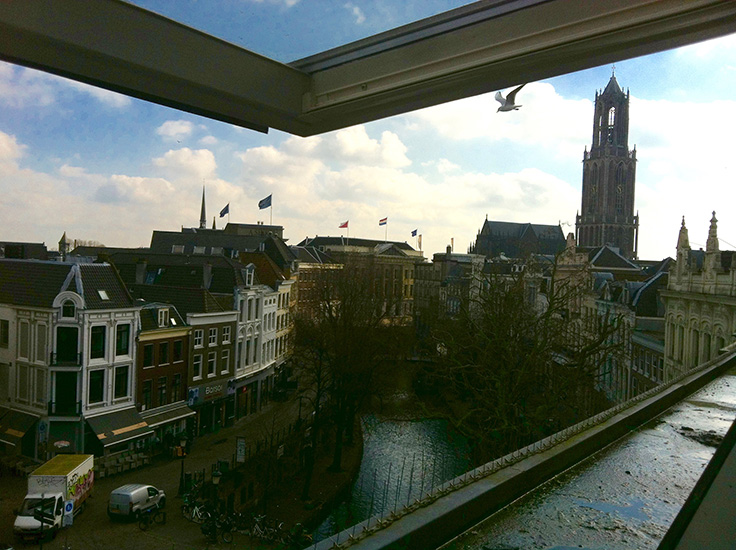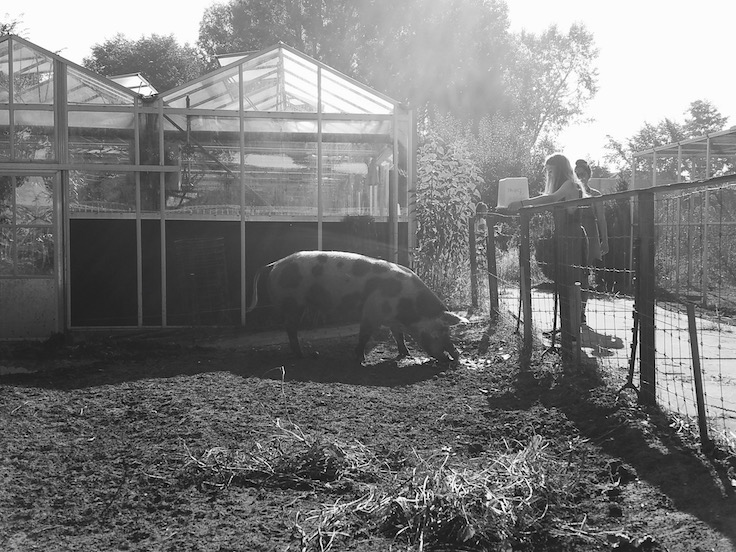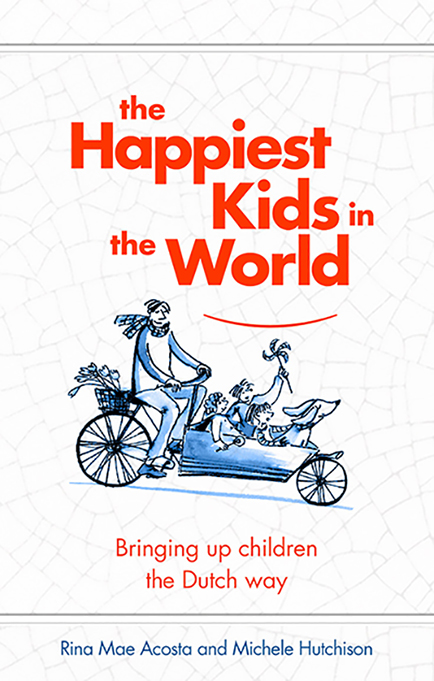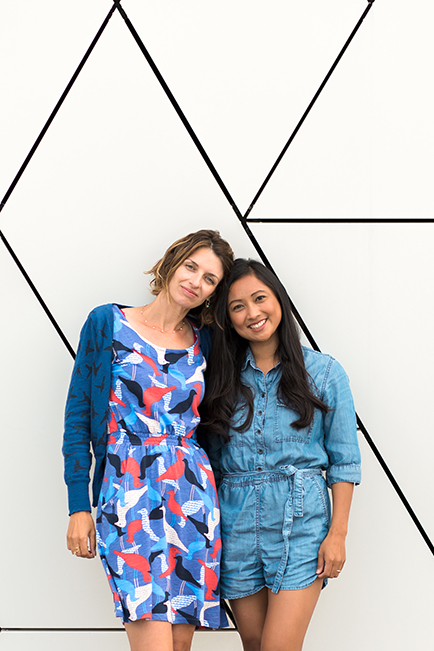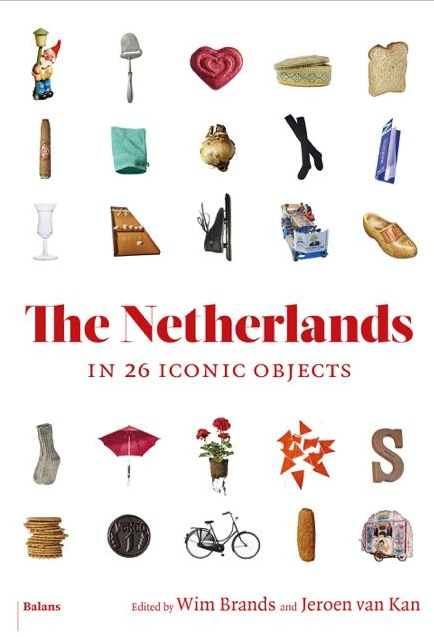I’ve just removed the card from Restaurant Moto in Utrecht from my wallet. I glanced to the right when walking down the Drieharingstraat the other night and noticed with a pang that it had gone. In February 2015, I’d visited the Japanese restaurant for the first time on a blind date with Rina. But my behind-the-scenes story goes way back, to 2002 when I’d just started working as a commissioning editor at Doubleday publishing house in London. It was a job I would keep for just two years, until 2004, when thirty-seven weeks pregnant with my son Benjamin, I moved to Amsterdam.
Working at Doubleday was like stepping into a warm bath. Tucked away in Ealing, it was far from the buzz of Soho, the Strand and Covent Garden, where many other publishers are based. Transworld – the group Doubleday belongs to – prided itself on its friendly atmosphere. Workers were part of a large family with gentle father figure Larry Finlay at its head. Larry was the kind of person who would give you unsolicited advice on breastfeeding, keenly in touch with his feminine side. Marianne Velmans, my direct boss, was also a nurturing, guiding presence, eager to help her young editors make their way to the top of the business. It was the kind of place people joined and never left, there was very low staff turnover. And unusual for the cut-throat atmosphere of London companies, it was understanding of family commitments; many mothers and fathers were able to juggle parenthood and careers there.
I too imaged myself tucked away in Ealing commissioning and editing wonderful books for a great many years to come. But life is what happens when you’re busy making other plans. I married a Dutchman and ended up in Amsterdam on maternity leave. And though I was planning to return to my fabulous job in London, the advantages of bringing up kids in Holland got in the way. I ended up finding a job in Dutch publishing and it wasn’t until a merger had me commuting for 2.5 hours a day that I decided to go freelance. I’d been translating Dutch books on the side for some years and now I made this my sole business. Translation would be my career. It was similar to editing but even more engrossing, since you’d spend not weeks but months working closely on a text.
Until I got a phone call from my old boss Marianne. Might I be interested in co-writing a book on why Dutch children were the happiest in the world? She already had one writer, an American expat with a young son, but she wanted someone to write about older kids and add a British perspective to the mix. She’d thought of me because she knew I’d stayed in Amsterdam precisely because of the advantages of bringing up children here, and I had plenty of experience of working closely with authors in an editorial role. Perhaps I could bring both skills to bear.
“Behind the Scenes of The Happiest Kids in the World” are blog posts that give readers a sneak peak in the making of our forthcoming book The Happiest Kids in The World.
Next time: Rina’s account of what happened in the Japanese restaurant…
P.S. Can’t wait to get your hands on the book and you currently live in Europe? Pre-order here. If you happen to live in the United States, you can get your copy here.

